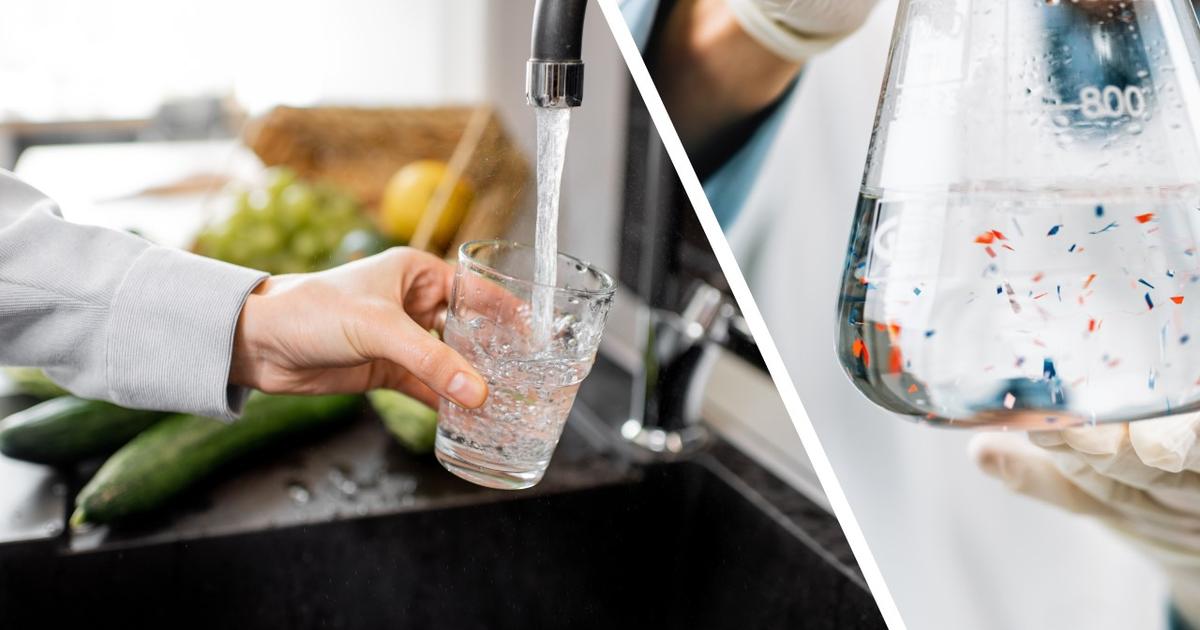The test may resemble a Covid self-test but it will measure certain pollutants that are currently impossible to measure directly at home in tap water.
Researchers from Seoul National University in South Korea and the chemistry department of MIT (Massachusetts Institute of Technology in the United States) have just developed a prototype individual test that can detect low concentrations of PFAS (per- and poly-fluoroalkyl substances) in water.
The results of the prototype are published in an article in the journal PNAS on March 12, 2024.
PFAS are so-called “perennial” pollutants with an extremely long persistence time in the environment compared to other substances.
They are dangerous for human health and that of ecosystems and come from multiple and diverse sources, certain food packaging, cosmetics, pesticides, water-repellent clothing and even condoms and lubricants.
They have contaminated the entire hydrosphere down to our tap water.
As recognized by the Ministry of Ecological Transition and ANSES, it is important to quantify them in our environment but today only well-equipped laboratories can detect them.
Also read “Eternal pollutants”: worrying levels in the water near a Solvay factory, according to an NGO
How does the prototype developed by American researchers work?
The water is deposited on a strip where it migrates and encounters along the way a sensitive compound which changes color in the presence of certain PFAS.
This test tests for PFOA (perfluorooctanoic acid) and PFBA (perflurobutanoic acid), two of the 9,000 known PFAS.
The measurement evaluates the presence of the 2 compounds from 0.4 micrograms of PFOA per liter of water (0.4 ug/l) and 0.2 ug/l for PFBAs.
These performances are close to orders of magnitude of the European limits for drinking water.
The thresholds are 0.5 ug/l for all PFAS or 0.1 ug/l for the sum of the 20 PFAS of greatest concern (PFOA, PFOS, etc.).
Legislation is more demanding in the United States where the limit for PFOA is 0.004 ug/l (or 4 nanograms per liter) in drinking water and 0.001 ug/l for PFBA.
In Europe, limits are at the heart of questions as Professor Robert Barouki points out,
“revisiting limit values based on discoveries is normal.
We must also be interested in the presence of PFAS in the blood, a
study shows
that 10 to 15% of the European population exceeds the blood plasma limit values
.
The issue is such that some European countries such as Denmark have adopted lower limits than those recommended by the European Union with 0.002 ug/l in water for 4 types of PFAS.
“PFAS monitoring must be a matter of public accountability”
“Establishing an inventory of the presence of PFAS in water resources and in water intended for human consumption”
is one of the challenges set by ANSES and the Ministry of Ecological Transition and Territorial Cohesion in January 2023 with the French PFAS 2023-2027 action plan.
The test proposed by MIT could allow some people to test their tap water.
However, for Professor Robert Barouki,
“PFAS monitoring must depend on public responsibility to verify that water and food contain as few PFAS as possible.
These tests should not generate new inequalities between those who are informed and those who cannot
. ”
Faced with
“the extent of the health impact”
criticized by Professor Sultan, reducing the levels of PFAS in our water is also a public health issue.
For Professor Robert Barouki, collective water filtration systems exist, particularly in areas polluted by industries.
A study published in 2020 in
Environmental Science & Technology Letters
tested individual PFAS filtration devices: the most expensive reverse osmosis ones are more effective than filter jugs.

